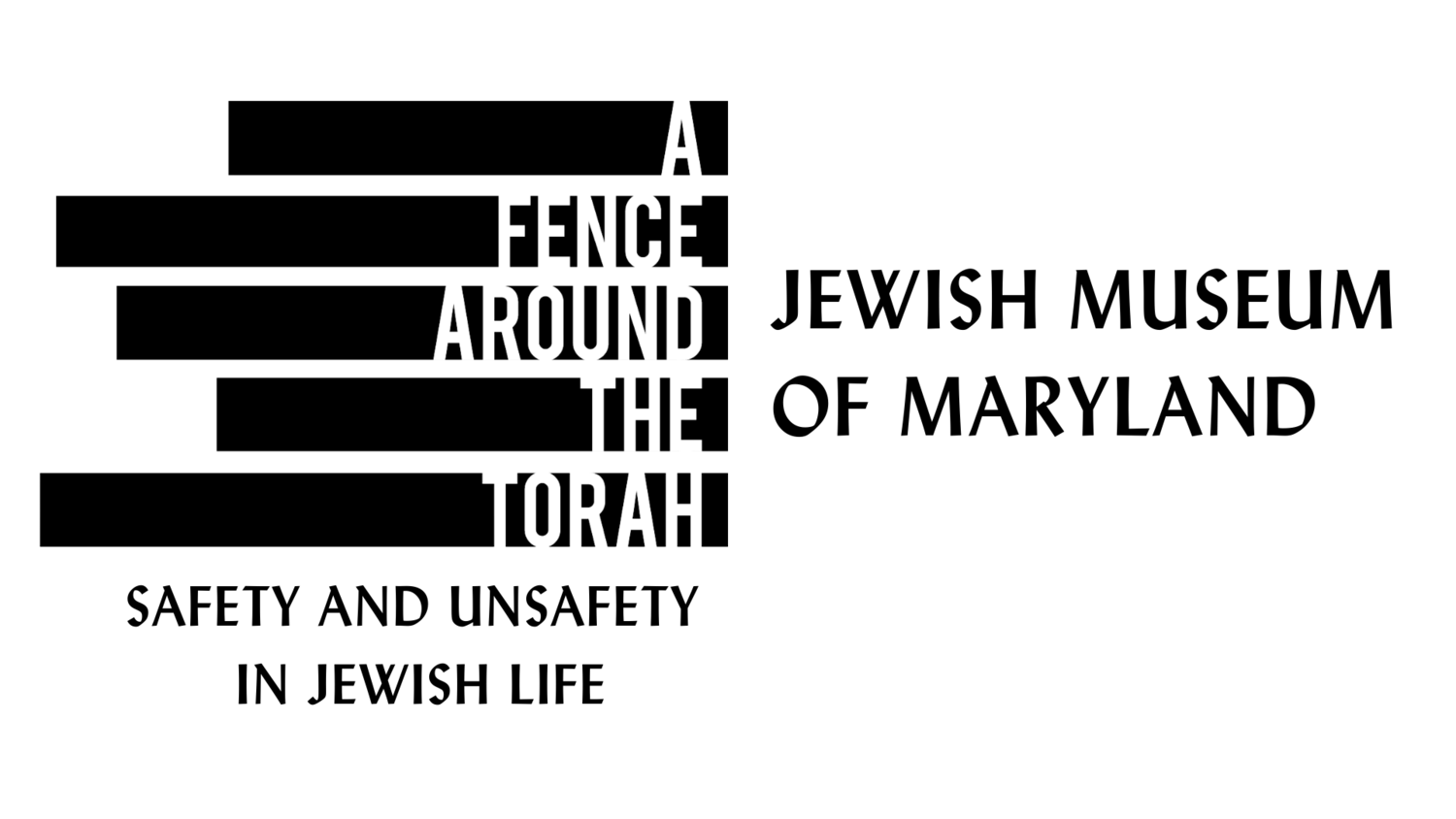
dissent
Daniel toretskY
Daniel Toretsky, We Would Come Home But You’ve Locked The Door, Mixed-media installation, 2021
CURATORIAL STATEMENT BY MELISSA YAVERBAUM
This site-specific installation for the Jewish Museum of Maryland is an act of acceptance and defiance simultaneously. It invites viewers to add an object from their own Jewish imagination or experiences. Yet in referencing the Israelites described in Nevi’im Joshua 22 who erected an altar outside of the holy land, it recognizes that new practices may cause expulsion—even if intended to honor ancestors and tradition.
The recording of the nigun also points to the past, while inviting your voice to join in harmony, in protest, or in exploration.
As you exit this installation, you may consider: who feels safe participating, questioning, and creating community? How do we navigate a culture that is built on both tradition and dissonance? And what does it mean to bring our full selves here today – to a museum “altar” in the ever-changing urban forest?
Artist Statement by daniel toretsky
On a chilly night in Baltimore, among a thicket of trees, there sits a small altar. Jews of all ages, but mostly young disgruntled ones, sit around the altar singing Kol Bayaar, a Hasidic nigun about a rebbe who walks through the forest and hears a cry through the trees. The cry is of a father who desperately begs his children to come home. The rebbe replies: ‘Father, we would come home but you have locked the door.’ The lyrics personify the remorse felt by Jews who want to feel close to their ancestral communities but are driven away because their beliefs are too spiritually or politically challenging. In a new ritual at JMM, the nigun goes on for hours and places everyone in a prophe-tic trance. As each person sings they ascend the altar and place an image within the latticework. The images are of places, people, or communities they once felt close to but now have a complicated distance from. After everyone has offered a reflection, the participants enshroud three sides of the altar in a dark translucent fabric.
We invite you into the altar to ponder sounds and images that give form to the perspectives of young(ish), discontented, and politically imaginative Jews.
The altar itself is inspired by a story in Joshua 22. As the Israelites set up their new society in Canaan, a few tribes are told to go across the Jordan River in search of more resources. They cross the Jordan and erect a fabulous altar. The tribes still in Canaan hear about this altar and prepare to make war with the Transjordan tribes for the heretical act of constructing an altar outside of the holy land. The proto-diasporic tribes who constructed the altar explain: we built the altar not to make sacrifices but to stand as a witness to our descendants that we are part of your people and we live in service to the Lord, even when your descendants will someday deny us that connection. The fears of the Transjordan tribe seem to have come to fruition in the way 21st century Zionist Jews seek to deny Jewish identity to diasporic and non-Zionist Jews.
The construction of the altar in the JMM courtyard is both an act of defiance and a reaffirmation of Jewish peoplehood. Ultimately it is a witness to future generations, l’dor v’dor, that political dissidence has and always will be within the “big tent” of our community.
Daniel Toretsky, We Would Come Home but You’ve Locked the Door, mixed-media installation, 2021


